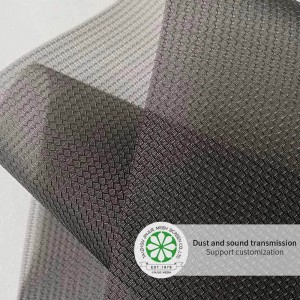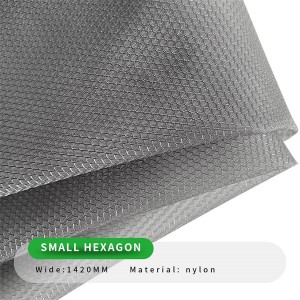1. Extracting the Polyamide Monomers
Polyamide monomers are extracted from refined petroleum oil.
2. Combining with other Acid
These monomers are then reacted with various forms of acid to make polymers.
3. Melting and Spinning
They are then melted and forced through spinnerets to make polymer strands.
4. Loading and Shipping
Once these strands have cooledthey can be loaded onto spools and shipped to textile manufacturing facilities to be made into mesh fabric.
5. Finishing
Manufacturers of mesh fabric will dye their polyester or nylon fibers before they weave them into fabric.
6. Weaving
Textile manufacturers can then weave these fibers in a number of different ways to create various forms of mesh
Mesh fabric is made with a variety of different techniques depending on the type of fiber from which it is composed. While nylon and polyester are very similar in a number of ways, polyester was developed a few decades after nylon, which means that the production of this synthetic material follows significantly more advanced manufacturing processes.
Though the processes used to make these two types of fabric fibers differ, for each type of fiber, the process begins with the refining of petroleum oil. Polyamide monomers are then extracted from this oil, and these monomers are then reacted with various forms of acid to make polymers.
These polymers are usually solid after they are reacted, and they are then melted and forced through spinnerets to make polymer strands. Once these strands have cooled, they can be loaded onto spools and shipped to textile manufacturing facilities to be made into mesh fabric.
In most cases, manufacturers of mesh fabric will dye their polyester or nylon fibers before they weave them into fabric. Textile manufacturers can then weave these fibers in a number of different ways to create various forms of mesh. Many types of mesh, for instance, follow a basic square pattern that has proven itself effective over thousands of years. More contemporary forms of mesh, however, such as Tulle, may be woven with a hexagonal structure.

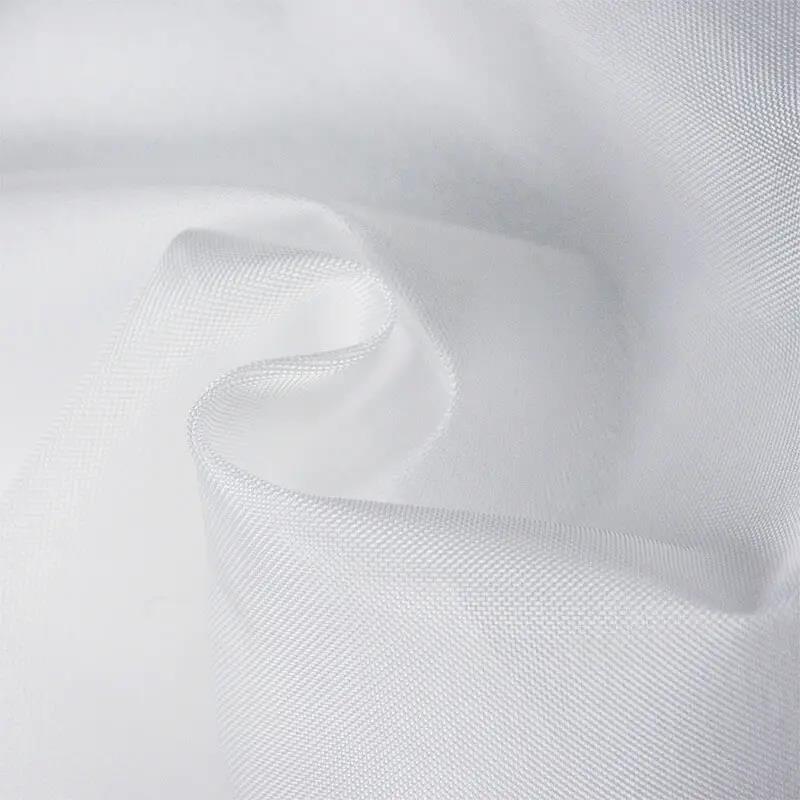
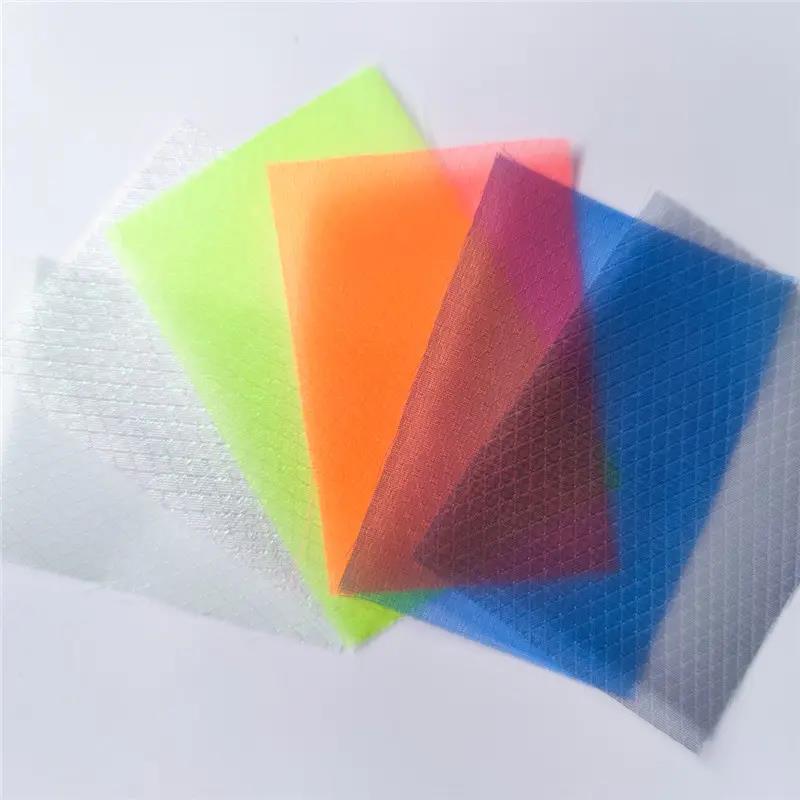
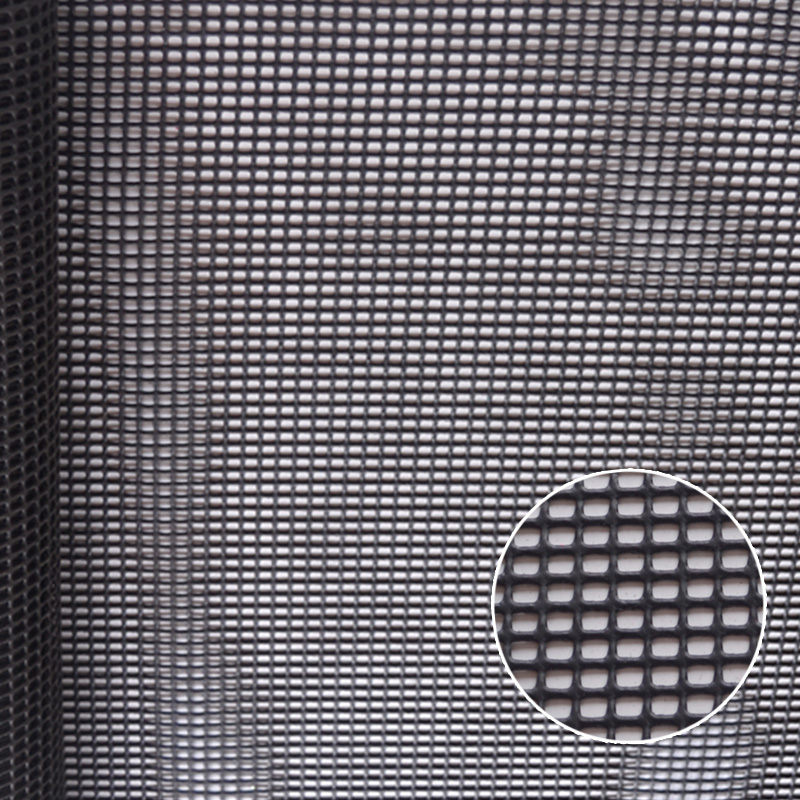

英文版主图6-300x300.jpg)

